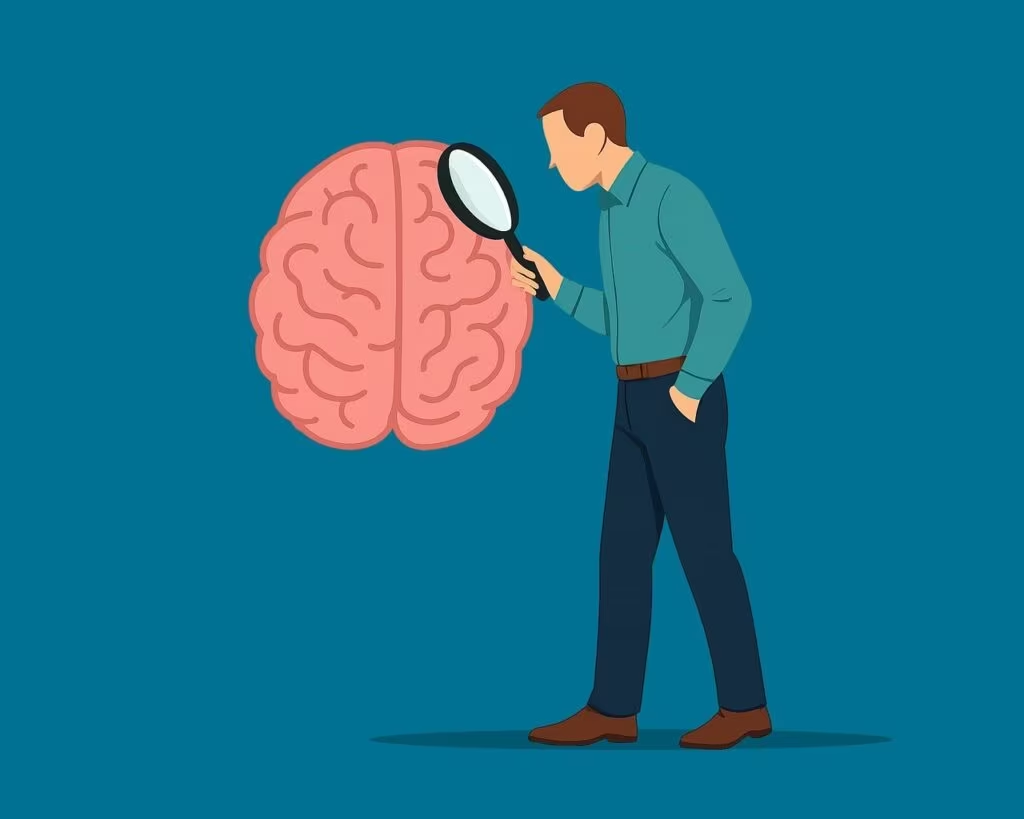The Surprising Link Between Physical Power and Cognitive Longevity
Recent scientific findings underscore a powerful connection between physical fitness, specifically muscle strength, and the rate at which the brain ages. A major study highlights that individuals who possess greater muscle mass and strength exhibit measurable signs of slower biological brain aging compared to their less muscular peers. This research reinforces the growing consensus that maintaining physical robustness is a critical, and perhaps underestimated, strategy for preserving cognitive function well into later life.
For readers seeking to understand the most effective ways to combat age-related cognitive decline, this study provides compelling evidence: the effort spent on resistance training and building strength may be just as crucial for brain health as traditional aerobic exercise.
Deciphering Biological Brain Age
To measure the relationship between muscle and cognition, researchers moved beyond simple chronological age. Instead, the study focused on biological brain age, a metric derived from advanced neuroimaging techniques, primarily Magnetic Resonance Imaging (MRI). Biological brain age reflects the structural health and integrity of the brain, often revealing whether a person’s brain tissue appears older or younger than their actual years.

The study utilized common proxies for overall muscle strength, most notably grip strength. Grip strength is widely accepted in medical research as a reliable indicator of general muscular fitness and overall health status. The findings consistently demonstrated that participants with higher grip strength and greater estimated muscle mass showed brain structures that were biologically younger than expected for their age.
This finding is significant because it suggests that muscle mass doesn’t just support physical movement; it actively contributes to the maintenance of cognitive reserve and the structural integrity of the central nervous system.
The Myokine Hypothesis: How Muscle Talks to the Brain
The correlation observed in the study is not merely coincidental; scientists are increasingly identifying the biological mechanisms that explain this protective effect. The key lies in the communication system between muscle tissue and the brain, often referred to as the myokine hypothesis.
When muscles contract, particularly during resistance training, they release signaling molecules known as myokines into the bloodstream. These myokines act as hormones, traveling throughout the body, and crucially, some are capable of crossing the blood-brain barrier.
Once in the brain, these molecules perform several vital functions that promote cognitive health:
- Reducing Inflammation: Chronic, low-grade inflammation is a major driver of age-related diseases, including neurodegenerative conditions. Myokines possess powerful anti-inflammatory properties, helping to quell harmful processes in the brain.
- Promoting Neurogenesis: Some myokines stimulate the growth of new neurons and the formation of new neural connections (synaptogenesis), particularly in areas critical for memory and learning, such as the hippocampus.
- Improving Vascular Health: Muscle activity enhances blood flow to the brain, ensuring a steady supply of oxygen and essential nutrients, which is crucial for maintaining healthy brain tissue.
In essence, muscle tissue acts as an endocrine organ, actively secreting substances that nourish and protect the brain from the ravages of time and disease.
Practical Implications: Prioritizing Strength Training
These findings have immediate and practical implications for public health recommendations, suggesting a necessary shift in focus towards incorporating resistance training alongside traditional cardiovascular exercise for optimal longevity and cognitive protection.
While aerobic activities like running or swimming are excellent for heart health, the data strongly supports the unique benefits of strength training for brain structure.
Key Recommendations for Cognitive Health:
- Focus on Resistance: Integrate strength training exercises (using weights, resistance bands, or body weight) at least two to three times per week. These exercises should target all major muscle groups.
- Measure Strength: Pay attention to functional strength metrics, such as the ability to lift objects, climb stairs, and, if possible, track changes in grip strength over time.
- Consistency is Key: The protective effects of myokines are dependent on regular muscle activity. Maintaining a consistent strength regimen is more important than sporadic, intense workouts.
- Protein Intake: Adequate protein consumption is essential to support muscle synthesis, ensuring that the body has the building blocks necessary to maintain the muscle mass that secretes these beneficial myokines.

This research serves as a powerful reminder that the health of the body and the health of the mind are inextricably linked. Investing in physical strength is a direct investment in future cognitive vitality.
Key Takeaways
The study provides clear evidence supporting the inclusion of strength-building activities in any comprehensive anti-aging strategy:
- The Core Finding: Higher muscle mass and strength correlate with a slower biological aging rate of the brain.
- Measurement: This link was established using proxies like grip strength and confirmed through advanced MRI scans measuring structural brain integrity.
- The Mechanism: Contracting muscles release signaling molecules called myokines, which cross the blood-brain barrier to reduce inflammation and promote neurogenesis.
- Actionable Advice: Prioritizing resistance training (weight lifting, bodyweight exercises) multiple times per week is essential for maximizing this neuroprotective benefit.
Conclusion: A Holistic Approach to Aging
The notion that physical strength is merely about physical appearance or mobility is rapidly becoming outdated. Modern science, backed by neuroimaging data, confirms that muscle is a vital organ in the complex system of longevity and cognitive maintenance.
As the global population ages, understanding and leveraging the protective effects of muscle strength offers a promising, non-pharmacological pathway to mitigating the risks associated with cognitive decline. The message is clear: building and maintaining muscle is one of the most effective ways to ensure that your brain remains biologically young, sharp, and resilient for decades to come.
Original author: Michael Peel
Originally published: November 24, 2025
Editorial note: Our team reviewed and enhanced this coverage with AI-assisted tools and human editing to add helpful context while preserving verified facts and quotations from the original source.
We encourage you to consult the publisher above for the complete report and to reach out if you spot inaccuracies or compliance concerns.

